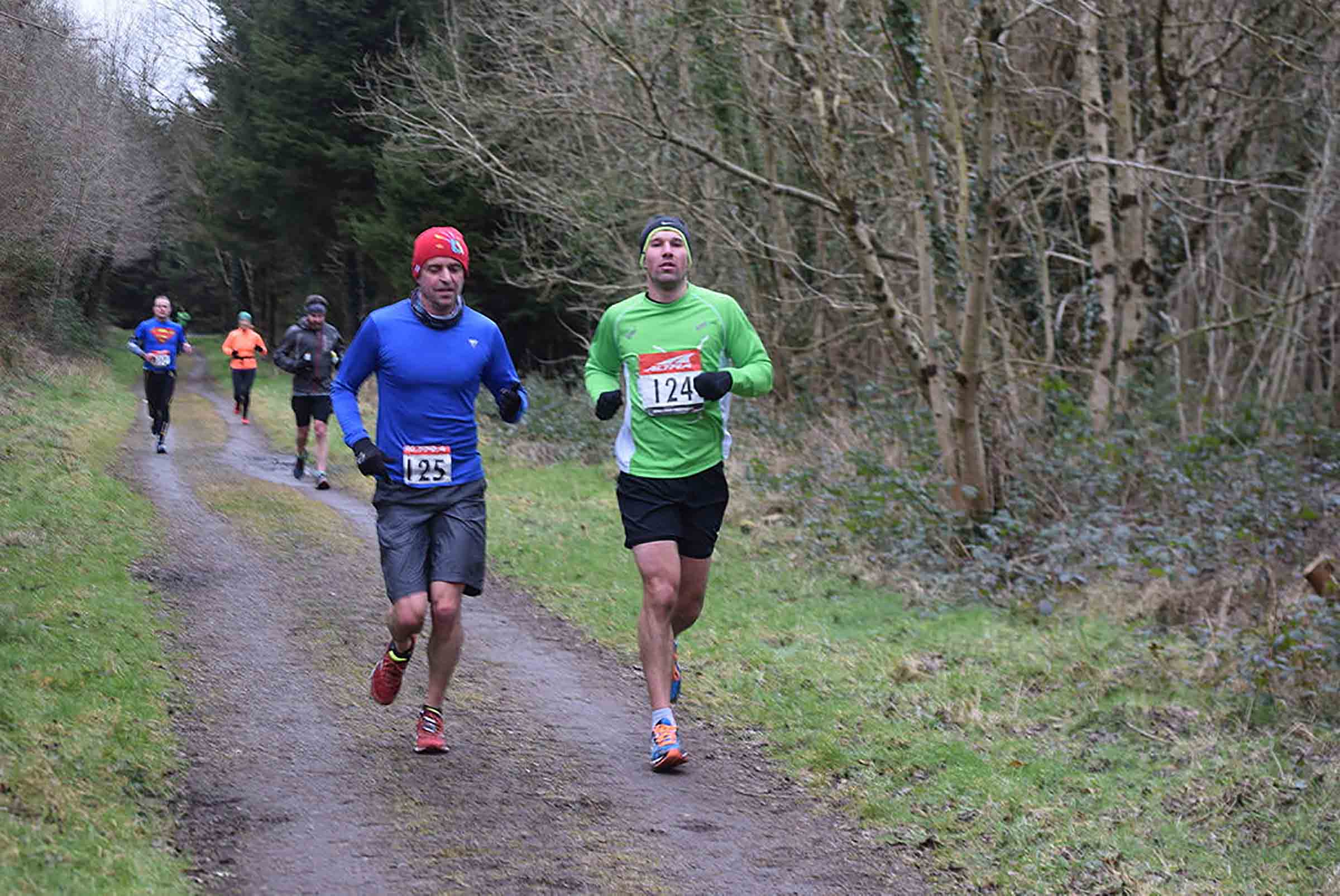Last updated on April 14th, 2021 at 05:21 pm
When roadrunners make the move to trail running they may discover their pace slows over comparable distances. In this post, we explore trail running vs road running times to explore why such pace changes may occur.
When comparing trail running vs road running times the overall pace of trail running will be slower. Trail running’s less consistent surfaces, hilly terrain, and narrow single track paths will produce slower mile-splits. While every runner is different, runners should expect an average per mile slowdown of about 60 seconds per mile when on the trails.
This post covers why there are time differences between trail and road running. We also compare a handful of trail and road race paces to provide real-world examples of how actual per mile paces vary.
Why do Trail Runs Have a Slower Pace
Trail runs have a slower pace because there are unpredictable variables that don’t exist for most road runs. If you have never run trails it is quite different from a standard run around your city.
Steep Hills Slow You Down
Regardless of whether you are a road or trail runner, hills are a major part of most routes. Unless you live in an abnormally flat area you will likely encounter hills on your run.
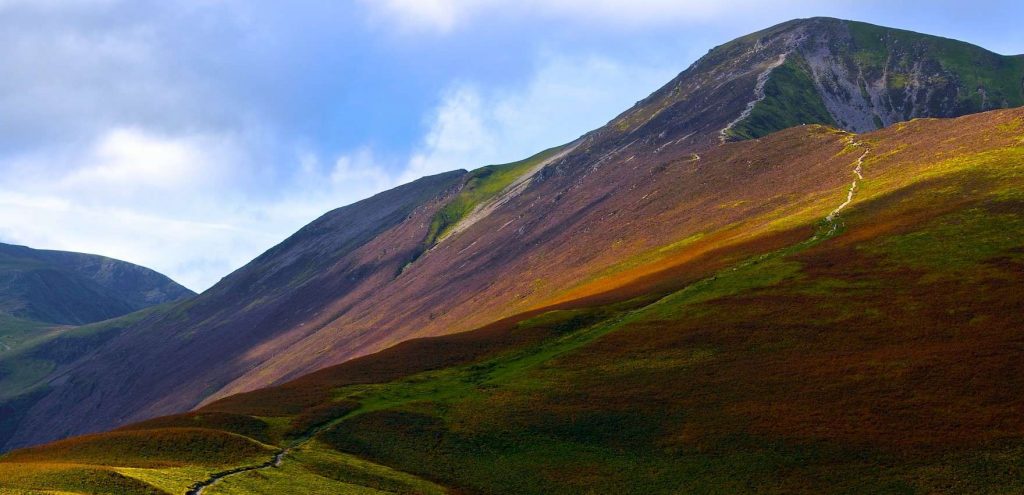
With most trail runs, the sharpness of the inclines are greater. Many trails have hills so dramatic they actually have stairs built into the hill itself. Believe it or not, this might just slow you down a little.
Road running hills are usually much more understated. Part of this has to do with the fact that dramatic inclines of roads are usually avoided during the construction of the road; engineers want to limit the changes in road topography as much as possible. The result, a run with less dramatic inclines, and faster times.
Highly Technical Trails Require Intricate Foot Placement
If you are a road runner you probably do not hear much about a route being “highly technical”. This is, however, common terminology in trail running.
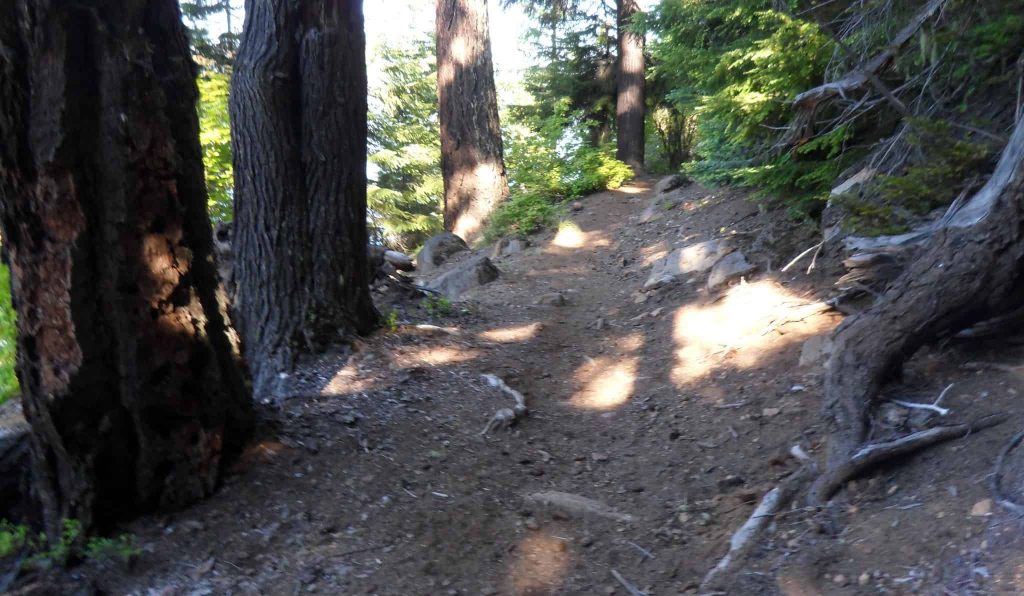
Stretches of rock, protruding tree roots, and stream crossings are all commonly encountered on trail runs. For this reason, some trails would best be described as highly technical routes.
Where footing is difficult and obstacles are many the risk for rolling an ankle or taking a stumble are greater.
RELATED: Best Men’s Trail Running Shoes | Ultrarunning Ready
Slowing down a little is often the best way to traverse the unpredictable terrain. This will obviously affect your mile-splits.
Single Track Running Makes Moving Fast More Difficult
Single track refers to running pathways that aren’t wide enough for two runners. In other words, if you are running with a partner, you are going to have to do it in single file.
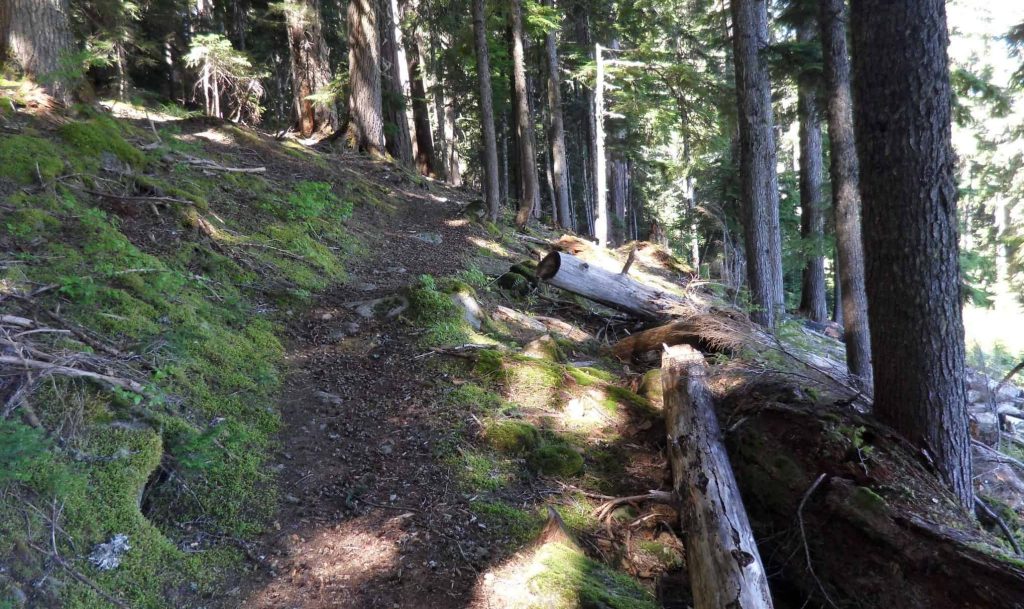
Sometimes single track is little more than matted down grasses, or a couple of inches of compacted dirt. Overhanging branches, prickly vegetation, and tight turns are common characteristics of single track.
As one might expect, running single track might product slightly slower times than road running.
Getting Specific in Comparing Trail Running Times and Road Running Times
Most of this post focuses on the general differences in times we might experience in trail running vs road running. To get more specific, I wanted to compare some per mile paces for a selection of trail and road races. This will help display the differences in running speed for trail running vs road running. Below I break down some real-world comparisons of road and trail marathons.
Trail Marathon Pace vs Road Marathon Pace - Data Compared
Why use a marathon to compare road and trail races? Because it is the most commonly referenced endurance race for runners. For this reason, it is likely to draw quality competitors in both road races and trail races.
Because trail marathons and road marathons draw the best runners in their fields, comparing the paces and times of the two should be a fairly empirical way to draw conclusions about the time differences you might experience when running trail races vs road races.
How We Selected Which Races to Compare
The goal with the race comparisons is to compare trail and road marathons of similar competitive fields. With that in mind, for the purpose of this comparison:
- I did not reference high profile world-renown road marathons like the Boston Marathon, New York Marathon, or Chicago Marathon.
- I attempted to reference road marathons from middle America that would be more likely to attract a more typical set of runners.
- For each race, I averaged the pace of the top ten finishers to compare against each other
Comparison Chart of Average Trail and Road Marathon Race Mile Splits
Below is our chart for comparing the per mile splits of the top ten finishers of select races.
The above shows the average paces of the top ten finishers for two road races and two trail races.
Does the above mean that trail runners are all slow? That trail runners lack any semblance of pace? Certainly not. To finish in the top ten of any marathon is a feat, and while 9:12 and 11:50 might seem like slow paces for even a marathon, these paces need to be taken into context.
Extreme elevation gains, winding turns and switchbacks, and narrow bumpy trails are going to slow runners down. Even the per mile times of the best runners will be affected by difficult trails.
What About the Average Pace of the Best Trail Runners?
The Marathon du Mont-Blanc in France is among the most well known and prestigious trail marathons in the world. Because of this notoriety, it can be deduced that the race draws a highly competitive field. And it certainly does.
The runners competing are world renown athletes, of which many make their full-time living from their efforts. Sponsored runners, brand ambassadors, and mountain running feinds make up this field of competitors.
Why do I bring this up?
- I bring up the competitiveness and prestig of Marathon du Mont-Blanc because even its field of professional committed endurance athletes gets beat on paper.
When taking the average pace of the top ten finishers in arguably the most prestigious trail marathon on earth, their average mile split comes to a slow 9 minutes and 21 seconds. This is two to three minutes worse than the average paces of the road marathons referenced in the chart above. The Marathon du Mont-Blanc, however, is on a mountain. The result should be a slower average pace.
The take away here is that trail times are going to be slower, even when some of the most skilled runners on earth are taking them on.
Continuing to Use Splits to Track Progress
Regardless of distance, an effort to improve is a consistent theme across all types of runners. This desire to improve is innate in competitors, and is likely rooted in human nature.
Part of improvement is tracking data and comparing efforts, and if comparing runs just make sure you are comparing in a way that makes sense. Trail runs should be compared against other trail runs. Road runs against road runs. You could even take it a step further and factor in elevation gains when comparing efforts.
Don't Let Slower Splits Keep You Off Trails
While running trails might result in a slightly slower per mile pace it likely won’t feel like it. Climbing steep hills will demand focus and energy, and single track often feels faster than it actually is because of the narrow pathways.
In short, trail running times will be slower, but not less fulfilling or important.
Gaining confidence in footwork, becoming a beast at inclines, and less wear and tear on joints are just three reasons to continue hitting the trails.
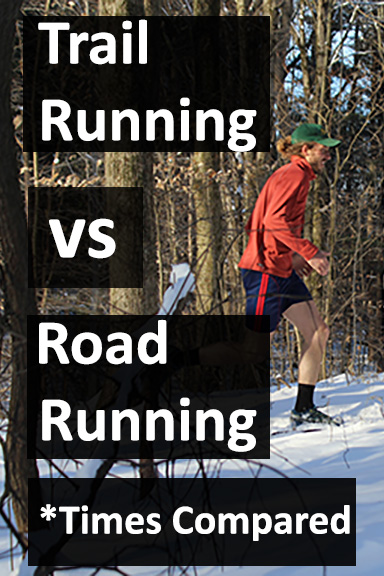
Image credit: Peter Mooney (https://www.flickr.com/photos/peterm7/)Attribution-ShareAlike 2.0 Generic (CC BY-SA 2.0)
Image credit: Dan Cook Archived (dan-scape.co.uk) (https://www.flickr.com/photos/peakdistrict-photo/) | Attribution-ShareAlike 2.0 Generic (CC BY-SA 2.0)
Image credit: Aric Riley (https://www.flickr.com/photos/aricriley/) | Attribution 2.0 Generic (CC BY 2.0)

